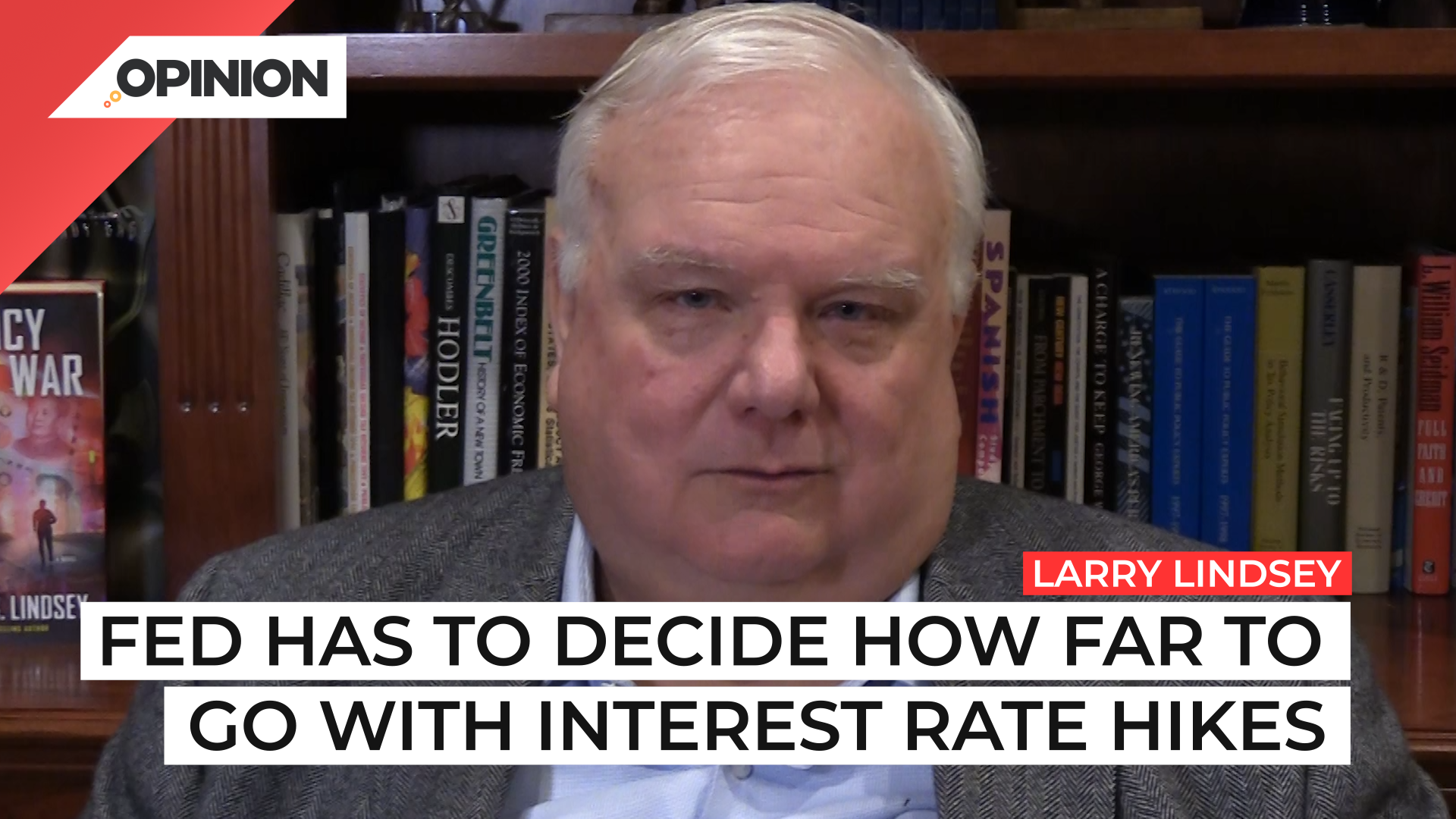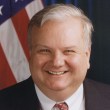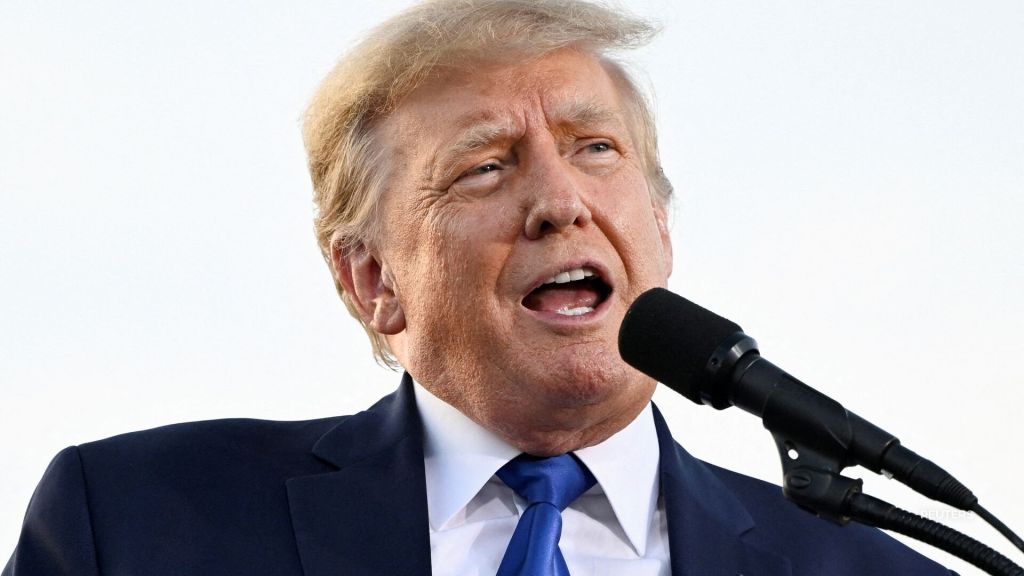
Commentary
-
Our commentary partners will help you reach your own conclusions on complex topics.
Well, if you’ve been looking at your stock portfolio, you’ve seen it go up and down, up and down and up and down by a lot. Now…this is largely driven by a series of events around the world, and by a decision by the central banks around the world to start to raise interest rates. Well, why is that a problem? When you’ve had over a decade with interest rates near zero, lots of folks took out loans in order to buy more and more stocks and other financial assets. Now when the price goes up and the interest rates go up, they’ve got to do something. And oftentimes that involves unloading what they bought.
Now, the Fed has to make a decision on how far to go with its inflation-fighting interest rate hikes. It’s important to remember that the Fed is not going to stop because of a recession, or because of inflation. It’s going to stop because markets become disorderly. That’s their phrase. You see, inflation and recession both have financial stability as a prerequisite. If you don’t have functioning markets, you basically don’t have an economy. And so the recession and inflation become secondary motives.
Second, there are a lot of lags involved between when the Fed tightens rates, and when it has an effect on labor markets and on inflation. These lags can be quite long. They used estimate it at 12 to 18 months. It’s probably a little shorter than that, maybe in the six to 12 range. But given that they started hiking in the spring, we’re about due. So as rates go up after this long period, what you have, as I mentioned, is a lot of people who took on too many loans – we call it leverage – in order to increase their stock and bond portfolios. We never really know who did the leveraging…at least at the national level.
We learned something a few weeks ago, when Britain had a financial crisis. It turned out it was their pension fund, of all people, who increased leverage. Why? Well, pension funds have to make payments in the future. And to do that successfully, they have to earn some money on the money they invest. Britain’s rates, like everybody else, were very, very low. So what the pension funds did was to borrow money and buy even more bonds…they call them gilts in Britain, in order to up their return. Well, as soon as rates started to rise, the bonds started to sell off, and the pension funds had to dump whatever they had in order to pay off the debts they had.
It’s a global problem. The Bank of America, for example, has a credit index that they now call borderline critical. So something is going to have to be done. And you can see it even in the math. We’re running a budget deficit of about a trillion dollars. Net savings in America is about $500 billion. And in addition, the Fed is taking out $95 billion a month from the market by selling its bonds. Fed sales, new issuance by the government, overwhelms the amount of private savings. The only way to make it work is for interest rates to go up and ration the available funds.
So the question is, when will the Fed stop? Some ways of saying it is when will the Fed blink in its anti-inflation fight? I actually don’t think the Fed is really going to blink. I think it’s going to wink. You know when you wink, it’s just one eye and not two. And also, you’re bringing the watcher – in this case, the markets – in on what you’re thinking. You’ve got a plan, you want the markets to know you have a plan. I would count on a wink and relatively soon, but maybe not a blink.
-
Election 2024 will boil down to the Great Lakes states
Pollsters and pundits have been engaged in a long debate about how Biden or Trump might win the 2024 election, with much of their focus spent on the “swing state” electoral battlegrounds. While the winners of Alabama or California may be obvious, for instance, who wins Pennsylvania is a more difficult question. Watch the above… -
Why the Fed should consider Theory of Reflexivity when fixing policy
The Theory of Reflexivity, often used in the context of economics and financial markets, implies that investors don’t base their decisions on reality but on their perceptions of reality. This creates a feedback loop where investors’ perceptions influence economic fundamentals, which in turn alter investor perceptions. Watch the above video as Straight Arrow News contributor… -
Federal Reserve surpassed its own wildest expectations
On May 14, the U.S. Bureau of Labor Statistics released the most current producer price index (PPI) report, which showed an increase of 0.5% month-over-month in April. After the report’s release, U.S. Federal Reserve chairman Jerome “Jay” Powell said that while he believes the current policy rate is restrictive by many measures, the Fed needs… -
Polls give slight advantage to Trump in Electoral College
With the U.S. general election only six months away, leading candidates President Joe Biden and former President Donald Trump appear to be engaged in a very close contest. In their 2020 race, the winner of the Electoral College was ultimately determined by a relative handful of voters in just a few swing states, even though… -
College sports is big money but not everyone benefits
March Madness has wrapped up and Caitlin Clark has emerged as a household name as well as a wealthy student athlete. Earning over $3 million throughout her college career, her success stands in stark contrast to the previous notion that collegiate athletes shouldn’t earn anything beyond their scholarship. Straight Arrow News contributor Larry Lindsey examines…
Latest Opinions
-
 Getty Images
Getty Images
White House says SNAP, welfare, Social Security will continue during aid freeze
-
 Reuters
Reuters
What to know about the 2025 Super Bowl: Who, when, where, how to watch
-
 Getty Images
Getty Images
Calif. lawmakers announce bill to make oil companies pay for natural disasters
-
 Getty Images
Getty Images
X adds new money feature while company is ‘barely breaking even’
-
 Getty Images
Getty Images
Utility releases new data after video allegedly ties it to igniting LA’s Eaton Fire
Popular Opinions
-
In addition to the facts, we believe it’s vital to hear perspectives from all sides of the political spectrum.






